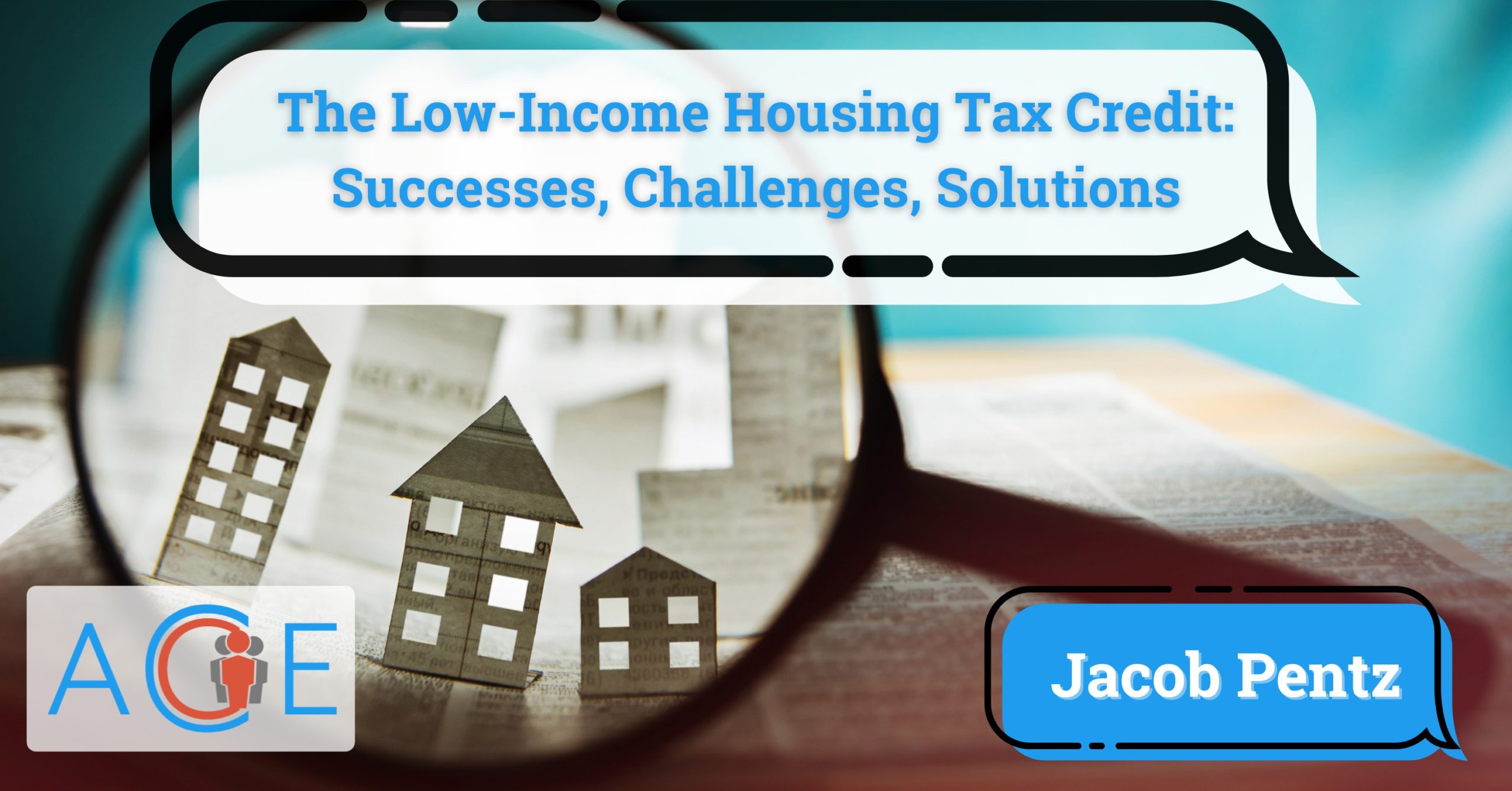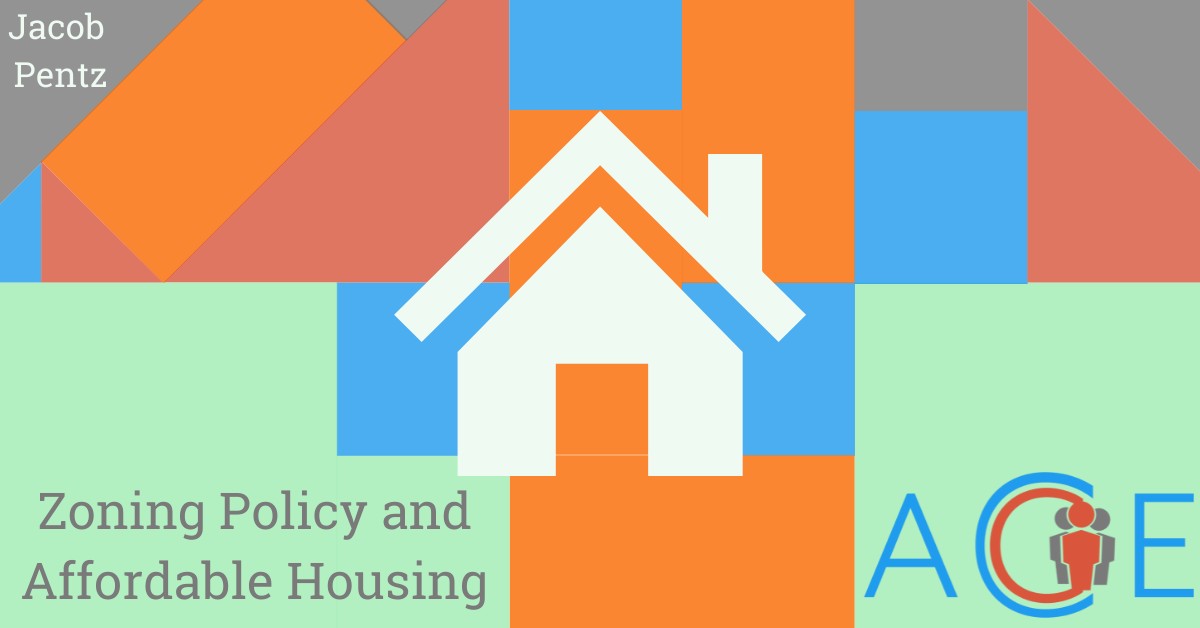The Low-Income Housing Tax Credit
The Low-Income Housing Tax Credit (LIHTC) is the primary supply-side subsidy for affordable development in the United States, financing approximately 90% of the nation’s affordable housing annually. To receive tax credits, a proposed development must dedicate at least either 20% of its apartments to people who earn less than 50% of the area median income (AMI) or 40% to people who earn less than 60% of AMI. To be affordable, rent for those apartments must be no more than 30% of the target income level.
Development Process
While the LIHTC does aid developers in financing affordable projects, tax credits are not guaranteed. States allocate tax credits through a competitive process that varies by state, and most states have many more applications than available credits. On average, one project out of five may receive an allocation of tax credits. Even when LIHTC credits are granted, taxpayers claiming the tax credits are usually real estate investors, not developers, and the tax credits cannot be claimed until the real estate development is complete and operable. This makes affordable development through the LIHTC a multi-year process after acquiring land, planning development, and applying for funding.
How Efficient is the LIHTC Program in Expanding the Housing Stock?
While the LIHTC is the United States’ largest and most successful mechanism of affordable construction, economists speculate about its efficiency in growing the nation’s housing stock. For instance, a 2002 study found a high rate of substitution between current housing stock and LIHTC units, meaning that the total stock of housing ultimately remains the same while new LIHTC units crowd out an equivalent quantity of unsubsidized housing. Another 2005 study concluded that subsidized housing could increase the average quality of housing available to low-income people but would not have a lasting effect on the quantity or price of housing available to them. This raises the question of the LIHTC’s efficiency—are tax credits awarded to projects that could proceed, and be successfully developed, without the aid of tax credit financing?
When non-marginal projects, or projects that could be built without LIHTC funding, are constructed, developers retain most of the subsidy, rather than pass it on to tenants. Despite being more affordable than market value, developers and landlords are still inclined to charge the highest “affordable” prices they can, often at or close to the maximum permitted by the program. Unlike subsidized housing in other countries, rents are not tied to the individual household income of the tenant, but are leased only to eligible households with enough income to afford the rent. Because housing demand is so high, they have no problem filling their units with tenants who can afford their prices. The issue of crowding out leaves those who need rent levels below the maximum price without subsidized housing.
How Could the LIHTC be Improved?
The LIHTC program should be altered to ensure that it effectively and efficiently expands the United States’ housing stock, which is the program’s established purpose. To do this, federal, state and local governments need to ensure there are enough subsidy funds available to meet the need. It is also important to consider the types of projects to which governments and Housing Finance Agencies allocate credit. Figure 1 below illustrates the impact LIHTC credits have on the quantity and price of the housing stock when LIHTC credits are widely available, granted to projects that could proceed without the LIHTC (listed as inframarginal projects), and when they are granted to marginal projects.
In Case 1, when tax credits are widely available to all investors, there is a downward shift in the supply curve, increasing the aggregate housing stock from H0 to Ht and decreasing the aggregate price. In Case 1, developers can access as many LIHTC credits as they want, and the government can grant credits to every developer that applies.
In Case 2, LIHTC credits are only granted to inframarginal projects, or projects that crowd out other unsubsidized affordable projects. In this example, only the projects up to Ht receive tax credits, but the aggregate housing stock is unchanged at H0. Thus, the tax credit finances projects that would have been built even without the subsidy.
Case 3 shows the impact of marginal projects receiving credits. Marginal projects are projects that would not be developed without the tax credit. When the associated portion of the supply curve shifts, there is an addition to the housing stock from H0 to Ht. While the stock of housing up to H0 is unsubsidized, the additional stock of housing beyond H0 is subsidized. In this case, revenue loss from the LIHTC results in a net gain in the housing stock, and the subsidy is passed on to tenants as reduced rent.
Of the three scenarios, Cases 1 and 3 are examples of how the LIHTC can be used to expand the housing stock. Ideally, Case 1 is the best option as there would be no competition between developers for credits, and all affordable projects that are proposed could be financed and built effectively. However, because LIHTC credits are not widely available, Case 3 illustrates how selecting marginal projects can still result in a net gain in housing stock.
To solve the issue of marginality and crowding out, the government must keep track of net gains and losses of its housing stock, especially for low-income units. A national affordable housing inventory system is a way for the Department of Housing and Urban Development to account for its housing stock and measure the efficiency of the LIHTC. Additionally, inventory should be kept on the number of households on rental housing waitlists to determine demand at a given time.
To measure the LIHTC’s efficiency and its impact on enabling affordable development, it must be determined whether credits are being granted to marginal projects or projects that could proceed without the program. If tax credits are awarded to marginal projects and these projects do not crowd out other affordable housing, then the LIHTC succeeds in solving the affordable-housing problem. Thus, the program’s effectiveness relies on the ability of state housing authorities to select marginal projects.
Examining the applicants who fail to win credit awards may provide important insights to this. Do those who seek to build affordable housing still do so without tax credits? Do those who receive credits use them to make their units more affordable than they otherwise would be?



